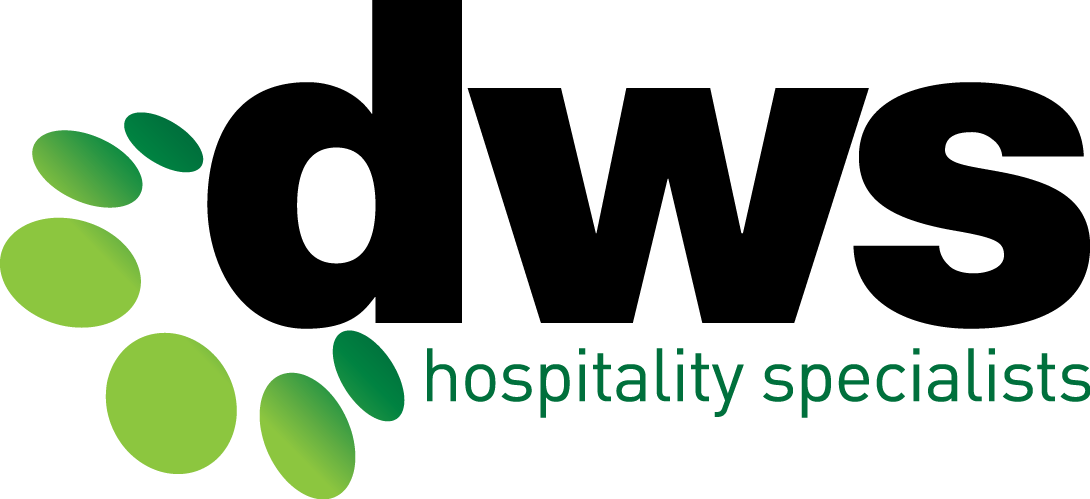I think it’s safe to say that there are not many workplaces across Australia that will be seeing their employees compete in the 2016 Olympic Games in Rio later this year, especially amongst the weightlifting events…
Statistics released last year by Safe Work Australia have identified that 92% of serious injury claims within the Accommodation and Food Services industry arise from injury and musculoskeletal disorders. Body stressing led to the highest proportion (32%) of serious claims and nearly half of these are from muscular stress while lifting, carrying or putting down objects.
Unlike the Olympic Games that are held every four years, the field that’s competing for the gold medal in the body stressing injury event compete daily, in your workplace. As a manager, it is your job to coach your employees and make sure that nobody “wins” this event.
Ready, set, injury… Without investing time and effort into training your staff on how to avoid workplace injuries, the impacts on your organisation could be significant.
The average lost time for a serious injury claim in the accommodation and food services industry was 4 weeks with the average compensation paid for a serious claim being $4,700.
Out of the 19 Australian industries, the accommodation and food services industry had the fifth-highest incidence rate of injuries and diseases.
Risk factors that have historically challenged for a spot on the podium (for instance moving a heavy object) are now joined by some of the emerging risks within the ever-changing work environment, such as the ergonomic set-up of a work station. These risks can remain a mystery to even its competitors (your employees).
Typical risk factors include:
- Type of work – Working in a fixed posture for a prolonged period of time can increase the risk of injury.
- Layout of the workspace – A cramped or poorly designed workspace can increase the risk of injury by forcing people to assume awkward postures, such as bending or twisting.
- Weight of an object – A heavy load may be difficult to lift and carry, and can increase the risk of injury.
- Location of an object – Heavy objects that have to be lifted awkwardly, for example above shoulder height or from below knee level, can increase the risk of injury.
- Duration and frequency – Increasing the number of times an object is handled or the length of time for which it is handled can increase the chance of injury.
- Condition of an object – More effort may be required to manipulate badly designed or poorly maintained equipment
- Awkward loads – Loads that are difficult to grasp, slippery or an awkward shape can increase the risk of injury.
- Handling a live person or animal – Lifting or restraining a person or animal can cause sprains and other injuries.
Can your business afford a workplace injury?
Whether you’re at a desk for most of the day, packing shelves, or, you ARE competing in the deadlift this August in Rio, your back is particularly vulnerable to manual handling injuries. Some suggestions you can pass on to your staff to reduce the risk of back injury include:
- Warming up cold muscles with gentle stretches before engaging in any manual work.
- Lifting and carrying heavy loads correctly by keeping the load close to the body and lifting with the thigh muscles.
- Never attempting to lift or carry loads if you think they are too heavy.
- Pushing a load (using your body weight to assist) instead of pulling a load, as this will be less stressful on your body.
- Using mechanical aids or get help to lift or carry a heavy load whenever possible.
- Organising the work area to reduce the amount of bending, twisting and stretching required.
- Taking frequent breaks.
- Cooling down after heavy work with gentle, sustained stretches.
- Exercising regularly to strengthen muscles and ligaments.
Make 2016 a gold medal year in your organisation by identifying workplace hazards and controlling the risks. Offering proper training is best thing you can do to prevent injuries in the workplace as inexperienced workers are more likely to be injured. In order to reduce the risk of manual handling injuries, these are just some tips for your staff to follow:
- Change the task – Does this task need to be carried out? If so, does it have to be done this way?
- Change the object – Repack a heavy load into smaller parcels.
- Change the workspace – Use ergonomic furniture and make sure work benches are at optimum heights to limit bending or stretching.
- Use mechanical aids – Use wheelbarrows, conveyor belts, cranes or forklifts.
- Change the nature of the work – Have frequent breaks or change tasks regularly.
DWS Safety and Compliance specialises in the mitigation of all aspects of manual task risks, including workplace training, task specific assessments, procedural development and ergonomic reviews. For more information on how to ensure the safety of your staff and your business, contact DWS Hospitality Specialists on (07) 3878 9355.



